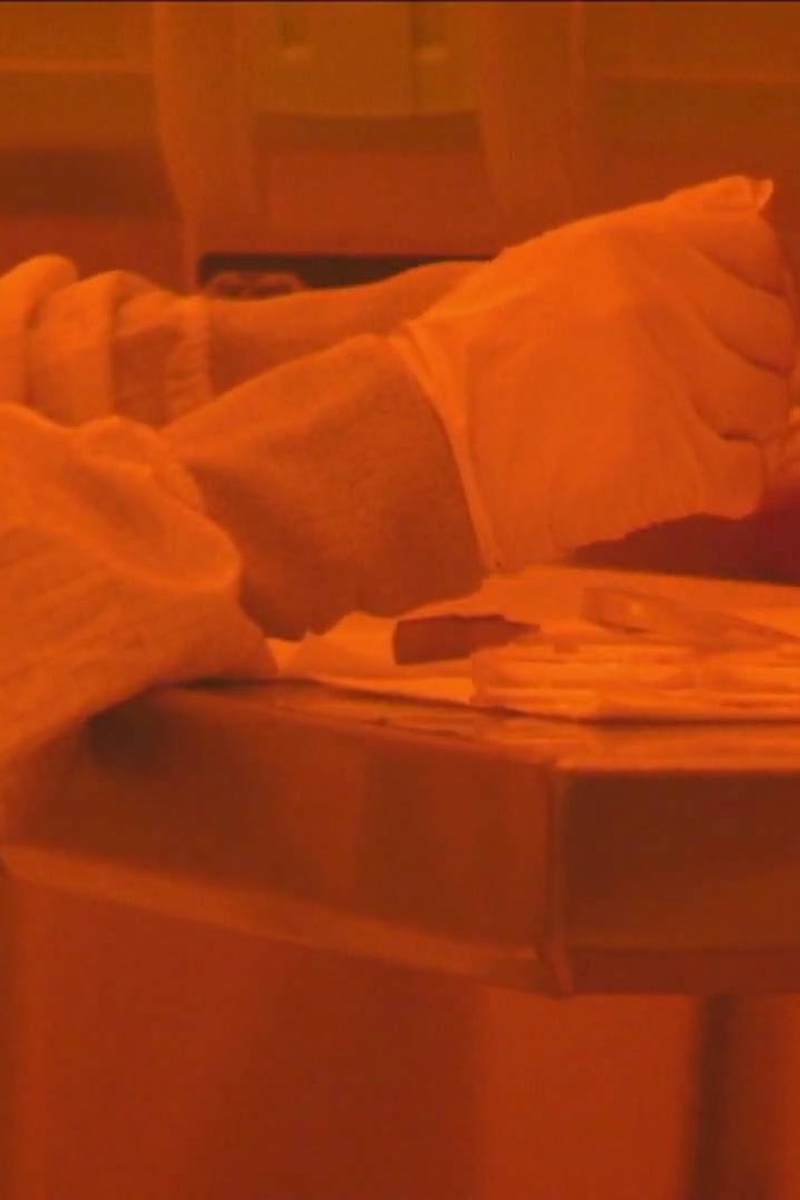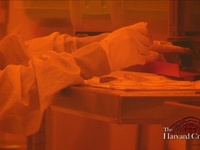Hamsa Sridhar ’12 works with levitating gold on a regular basis—but the work is neither magical nor costly.
Sridhar, a joint physics and mathematics concentrator, is the only undergraduate researcher involved in a project at the School of Engineering and Applied Sciences that seeks to levitate certain micro-particles coated with a thin layer of gold.
Under the direction of Applied Physics Professor Federico Capasso, Sridhar has to devise feasible ways to coat the micro-particle with gold and magnetic materials.
Before entering the nanofabrication facility at SEAS to coat the micro-particles in gold in her routine procedure, Sridhar must undergo a number of security measures: she has her iris scanned, and she swathes herself in a complete outfit that includes booties—which go on first, she said—and a white suit.
Sridhar—who placed first in the 2007 Intel International Science and Engineering Fair as a high schooler—said that her interest in nanotechnology blossomed last summer, when she participated in the National Nanotechnology Infrastructure Network Research Experience for Undergraduates Program, which offers hands-on nanoscience and technology research experience.
Multimedia
Describing nanotechnology as “the hub of science” and a field with “a lot of potential and promise,” Sridhar said that she is passionate about the field because “all the new technologies are moving towards” nanotechnology.
“Hamsa has been great,” said SEAS student David N. Woolf, who is also a research assistant for the project. “She is hardworking and self-sufficient.”
The SEAS project made a breakthrough last year, when researchers proved the existence of repulsive inter-molecular forces, which had previously only existed in theory without empirical basis.
The application of certain materials to the micro-particles causes a shift from attractive to repulsive inter-molecular forces, thus permitting the particles to levitate in a fluid, Sridhar explained.
With further exploration, the researchers hope that their work will help significantly reduce quantum-scale friction in nano devices—but more research and experimentation remain before the project’s findings can be applied to an actual nano device, Sridhar said.
This article has been revised to reflect the following correction:
CORRECTION: March 5, 2010
The Mar. 5 news article "A Golden Levitating Act" incorrectly stated that Hamsa Sridhar '12 placed first in the 2007 Intel Science Talent Search. In fact, she placed first in the Intel International Science and Engineering Fair.
Read more in News
Compound Inhibits Clotting














